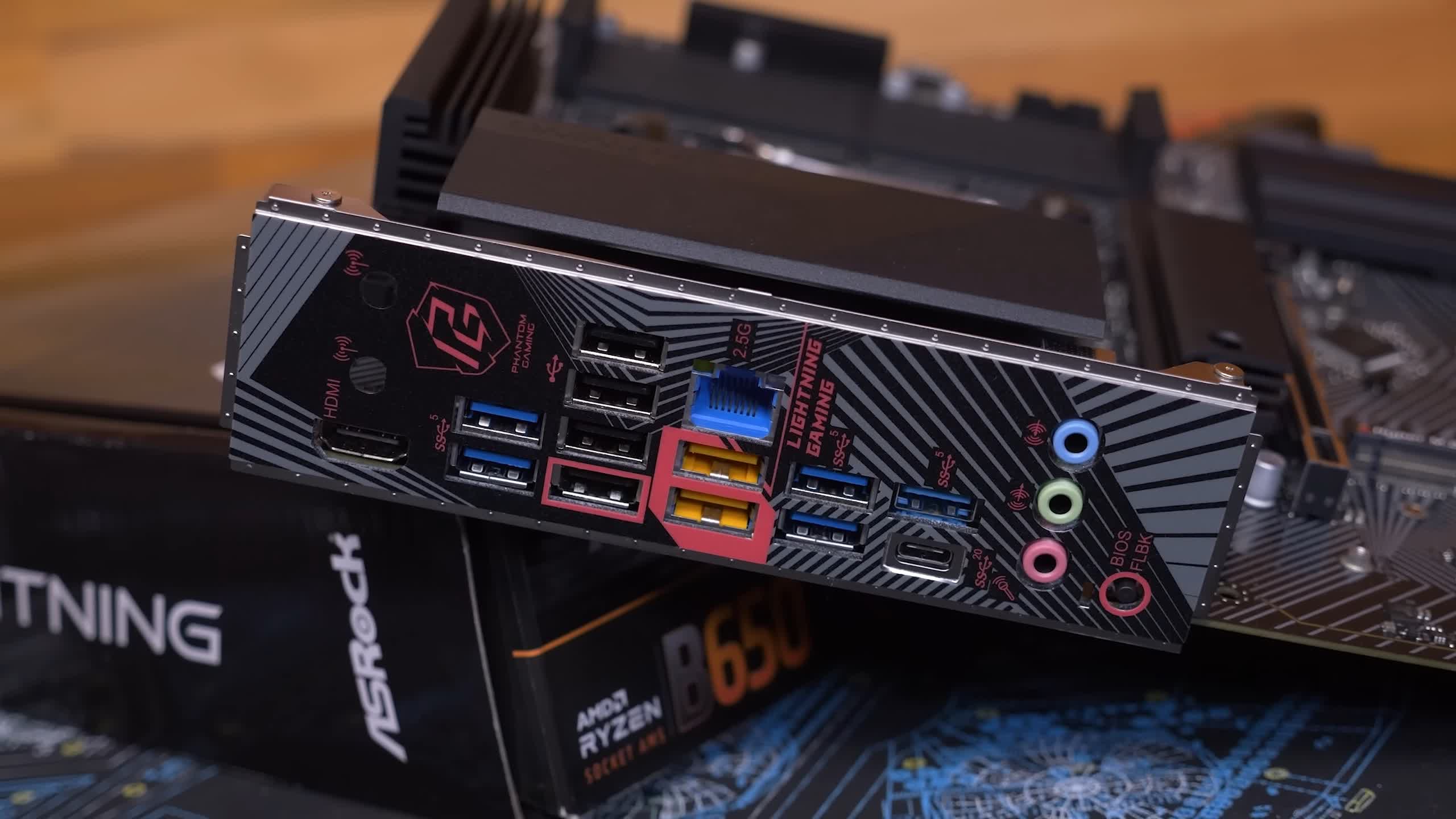do you mean seconds? training should just happen one time.
People keep mistaking failed boot loops for memory training
Just because your system spends 10 minutes then finally boots doesnt mean it was memory training - it could just be that one boot had finally warmed up the board and PSU enough that the voltages were a tiny bit higher and it finally posted.
It's like my AX370-Gaming 5 that fails to cold boot every single time at 3200 and resets the BIOS, but works fine at 3133 or 3266 - it just loads the wrong automatic settings for the hardware and has a fit.
Edit: LLC and voltages like SoC are a good way to reduce this problem.
My x370 Gamingt 5 will boot at 3200 with it's 3700x run benchmarks for hours stable, never crash and then on a cold boot would outright reset RAM and IF settings to JEDEC, without telling me or altering any other BIOS settings. So not a true reset, but a safe mode that deleted what i had entered and assumed was running.
This happened on my x570, playing with memory tuning with advice from
@ir_cow and
@GerKNG a few months ago
On a cold boot, the system would do the 'training' (failed boots) and eventually load but the NB clock/IF was at 950 instead of 1900 - note how the RAM stayed at the correct speed and this was not a full BIOS reset.
The only clue was a longer boot time, and after 3-5 failed attempts a 'safe mode' option was kicked in by the board without any notice to the user
Restarting the PC would then load the correct IF, because the system was warmed up, voltages were higher? or whatever invisible criteria was met.
Cold boot, it came back again. Those settings did error out eventually in testmem5 and when i locked in fully stable settings and SoC voltages the problem left entirely.





 . But 2-3 minutes less in boot times would be much appreciated.
. But 2-3 minutes less in boot times would be much appreciated.





